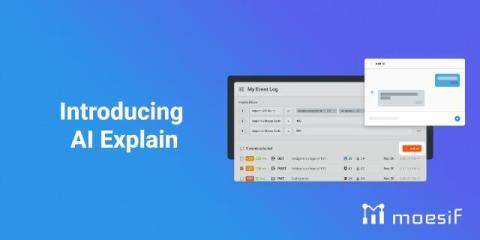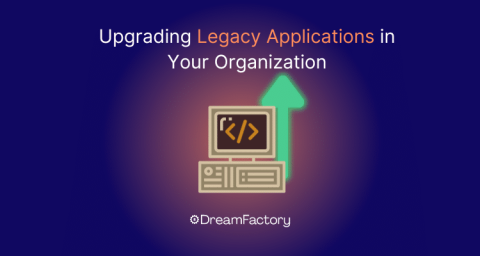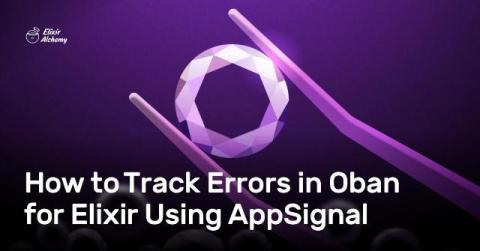Introducing AI Explain
We are thrilled to introduce our newest feature to Moesif - AI Explain - a powerful conversational tool that lets you interact with your API analytics data like never before. Instead of spending time digging through numerous charts or building complex queries, you can simply ask questions and get meaningful answers in just a few seconds. AI Explain is designed to make analytics accessible to everyone, whether you’re new to working with data or simply want a more efficient way to gain insights.











